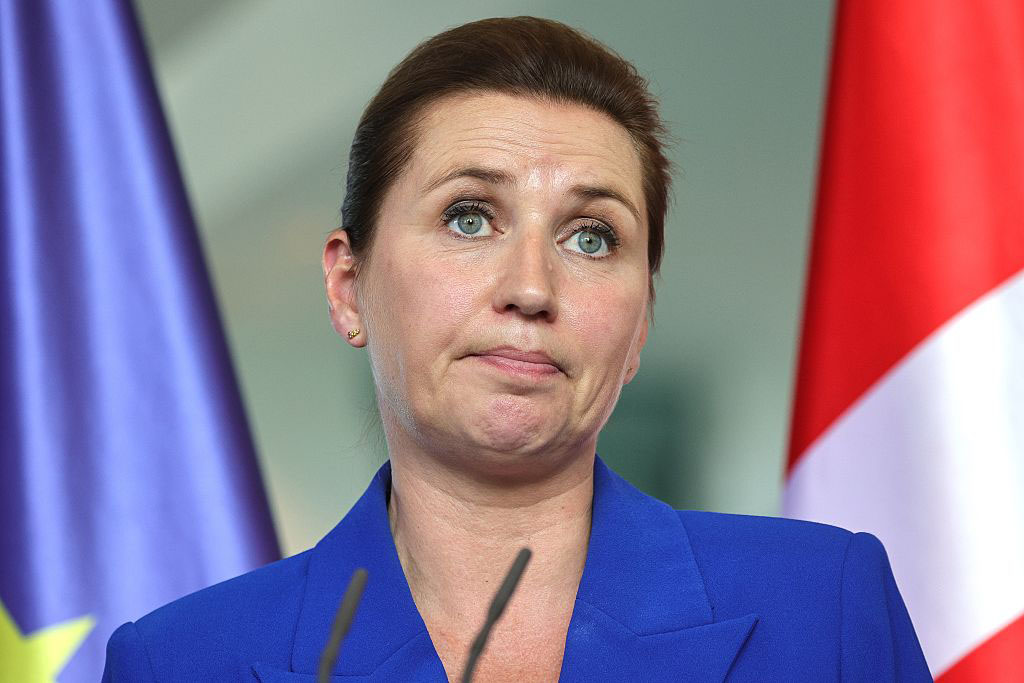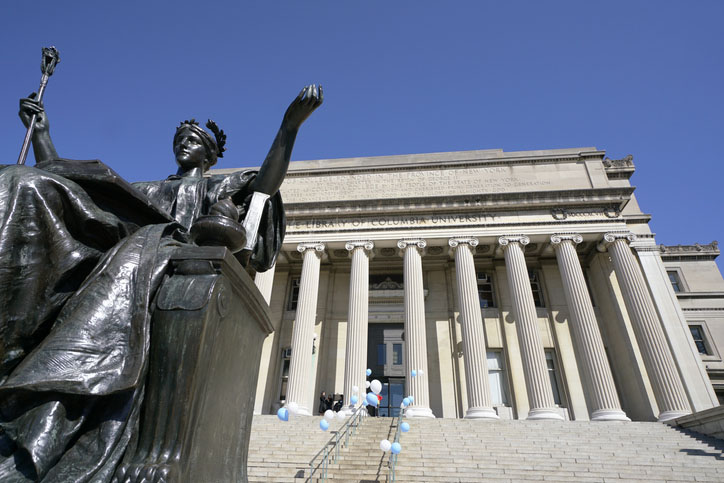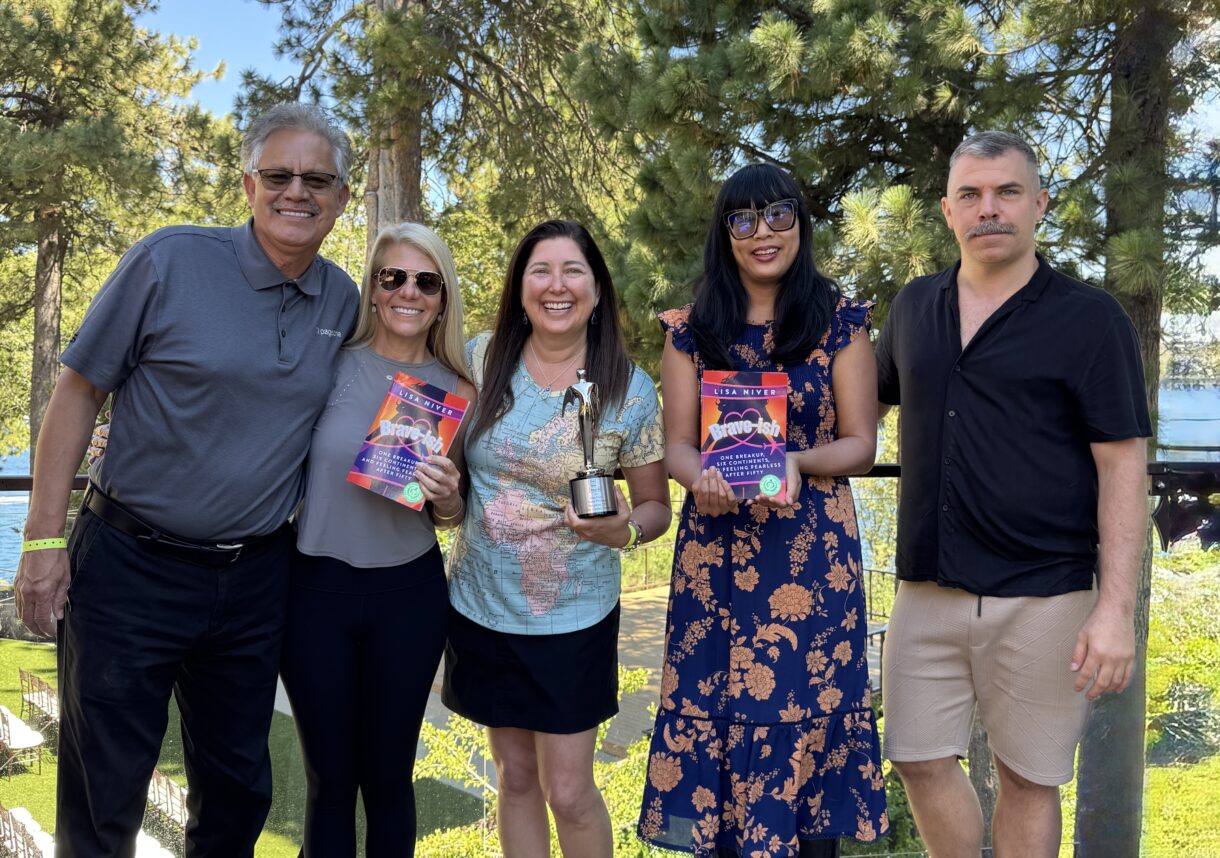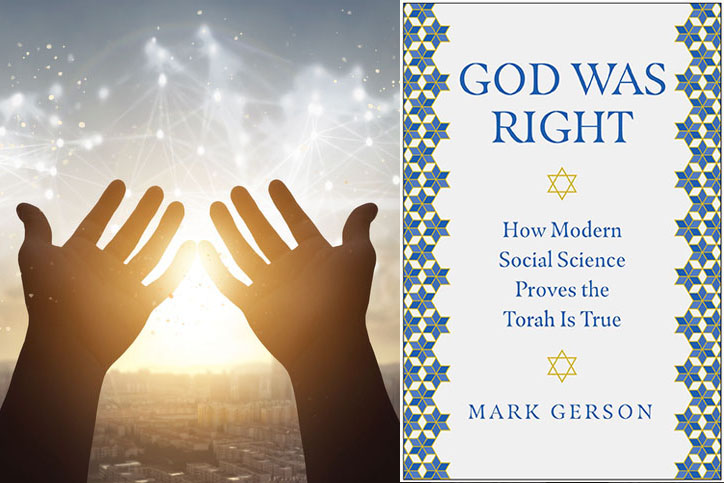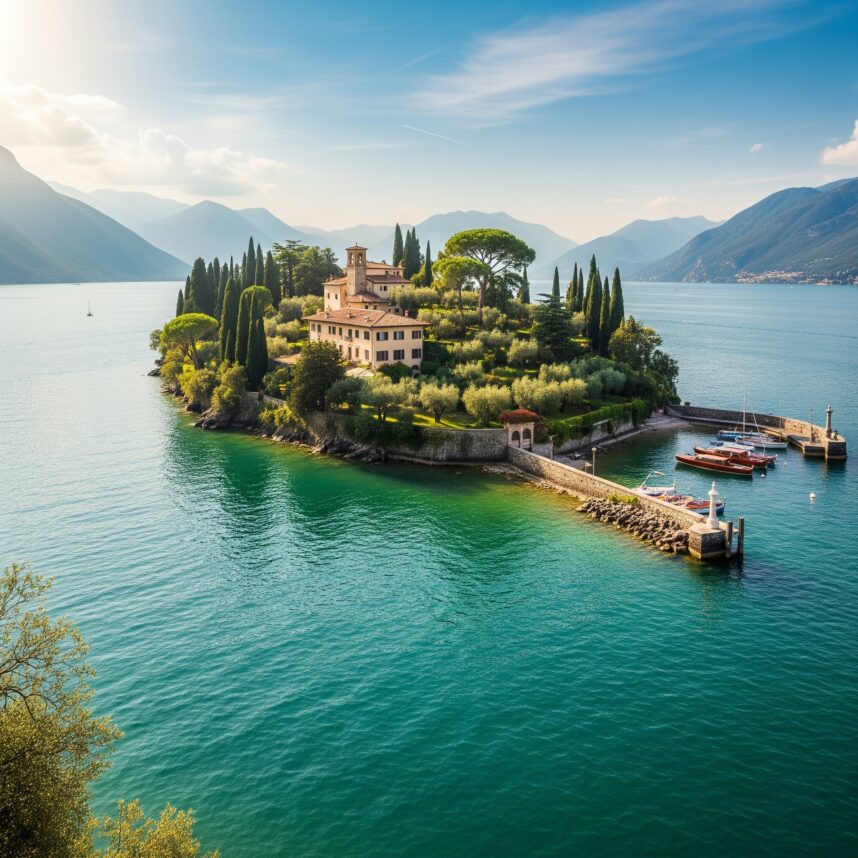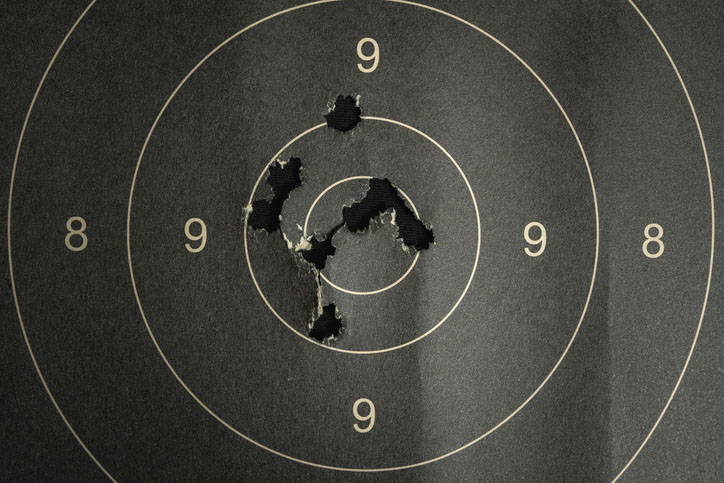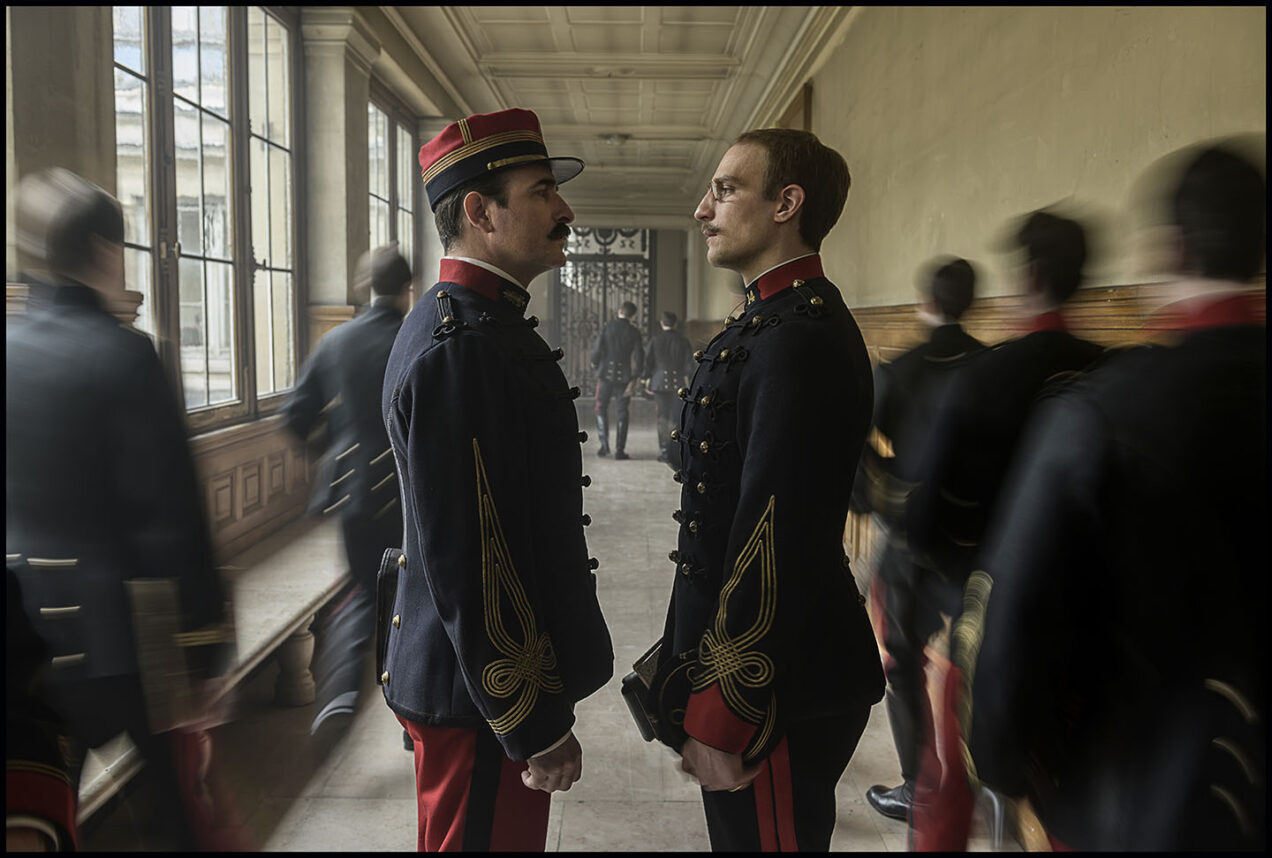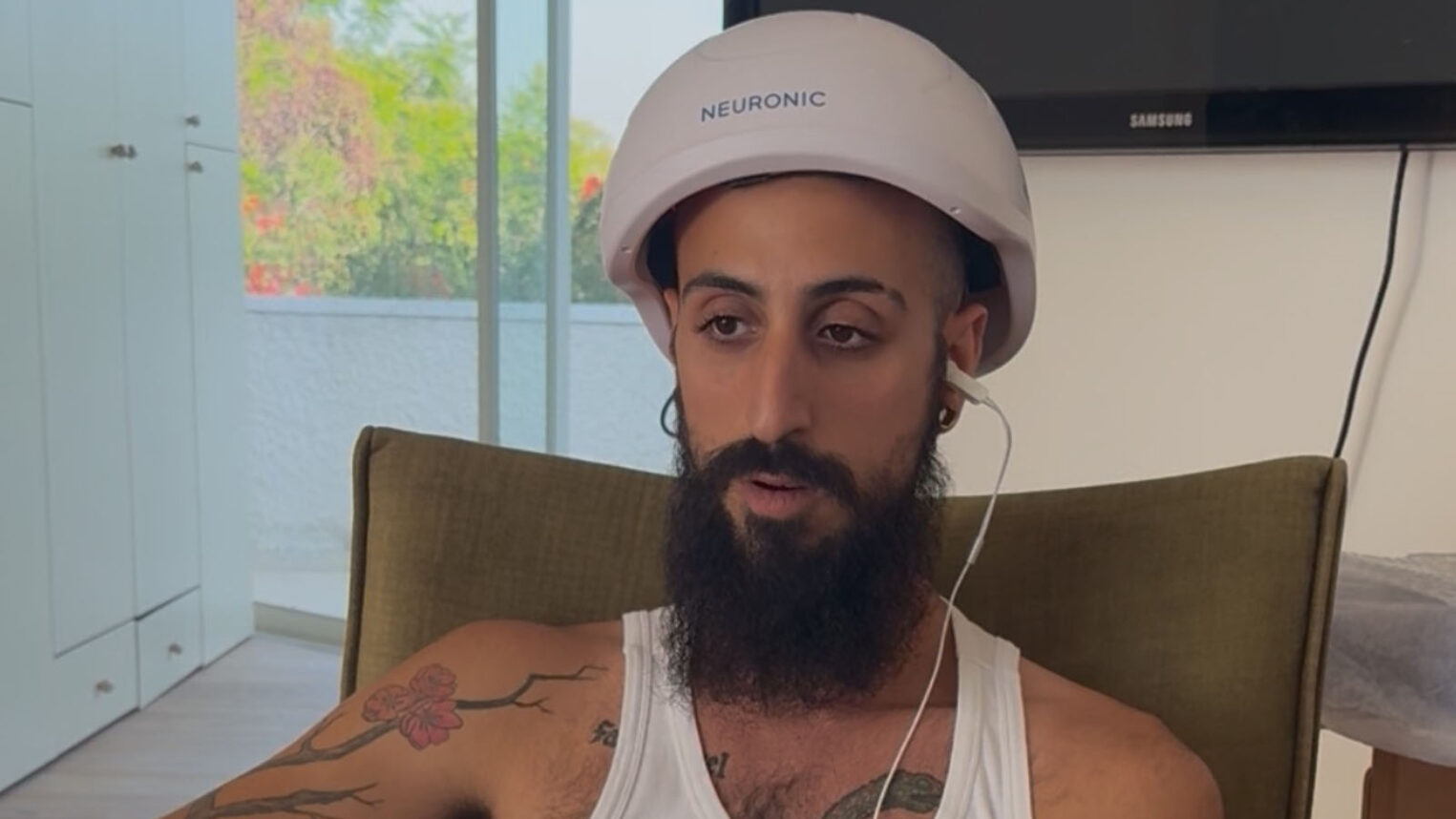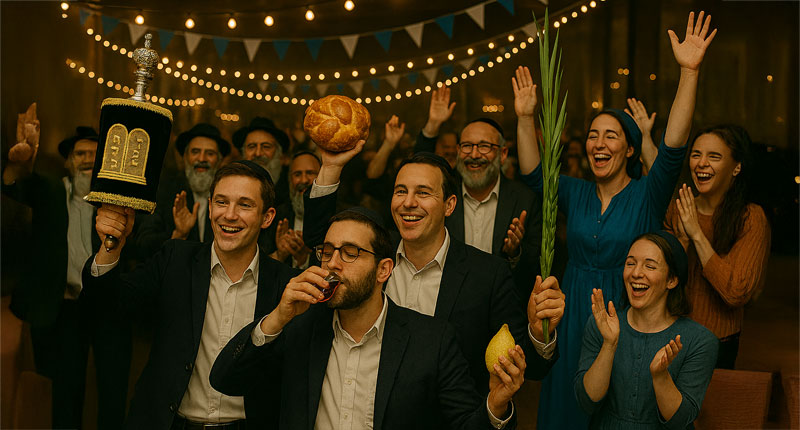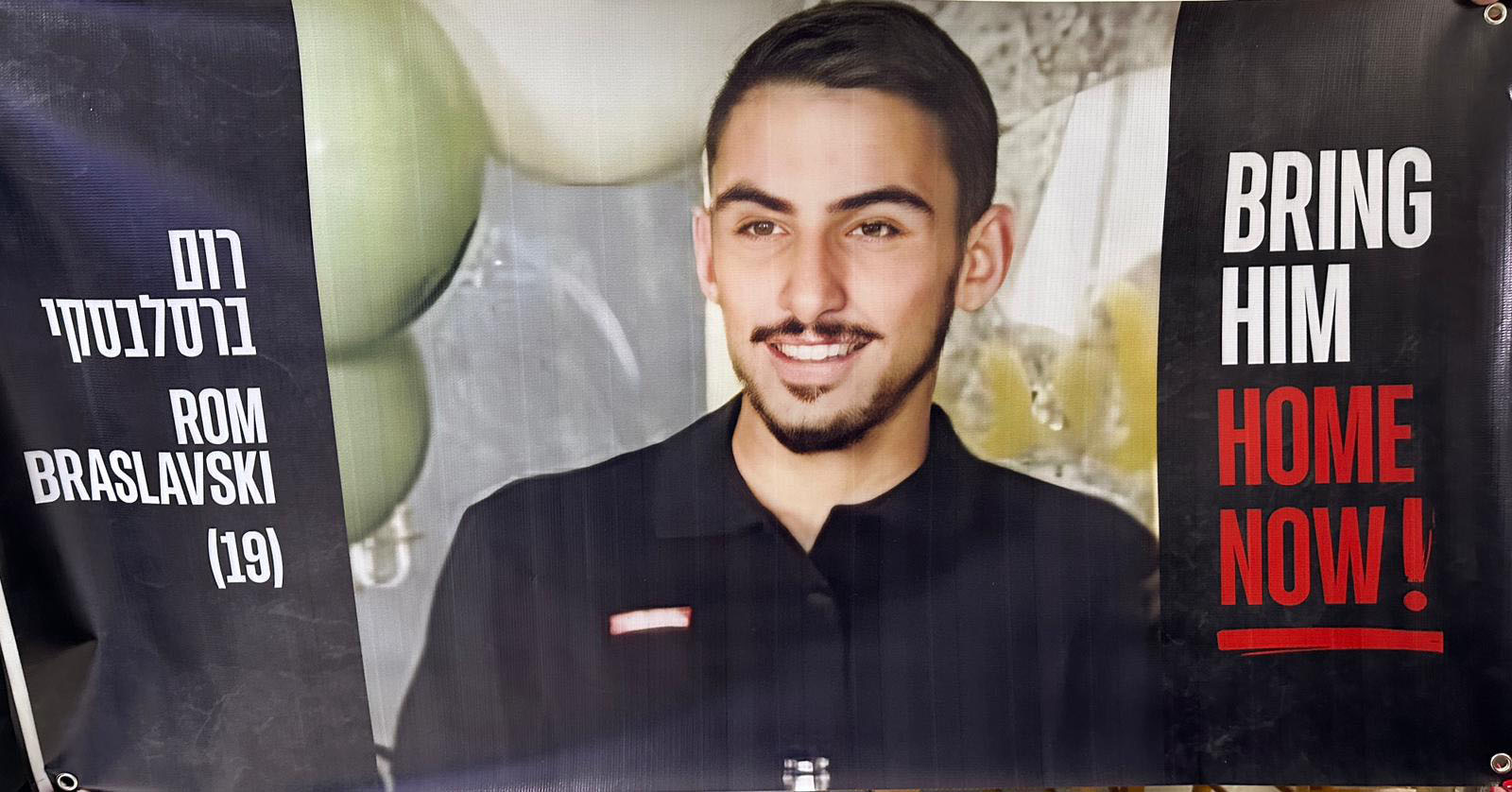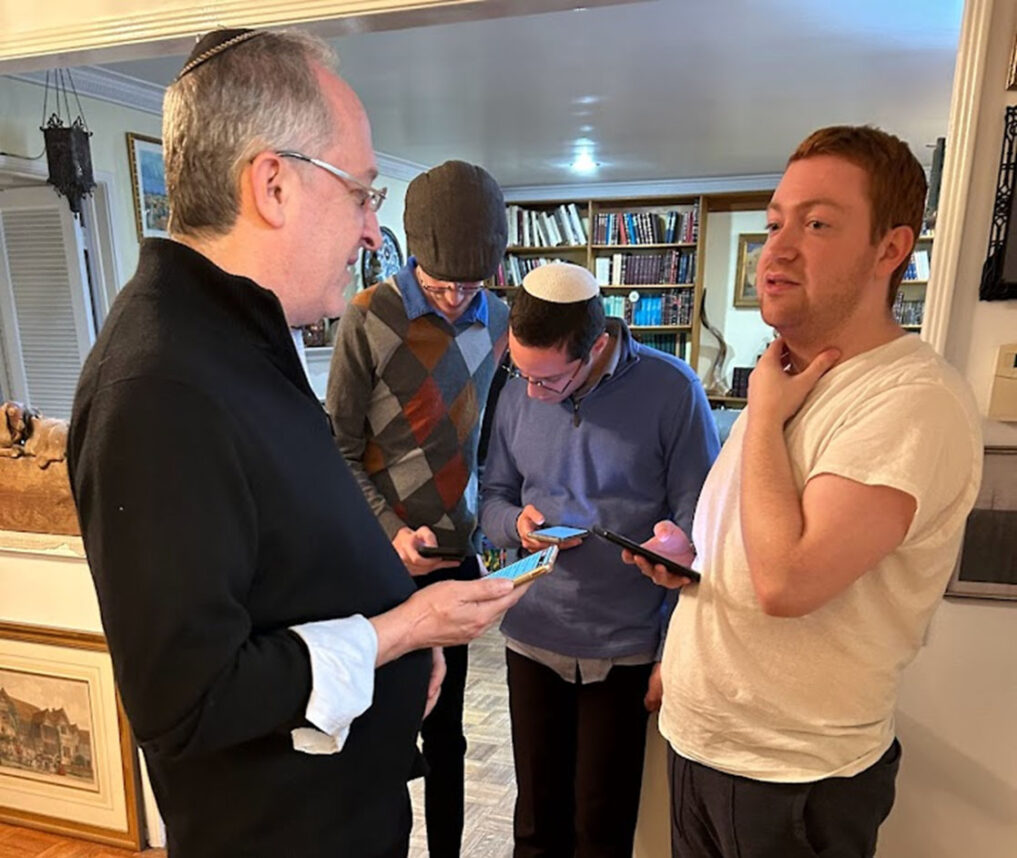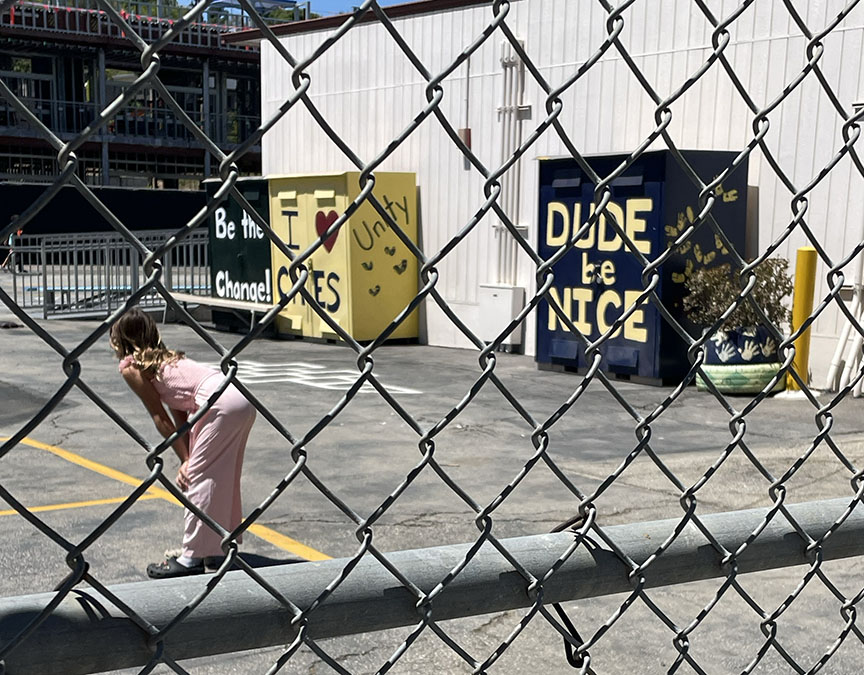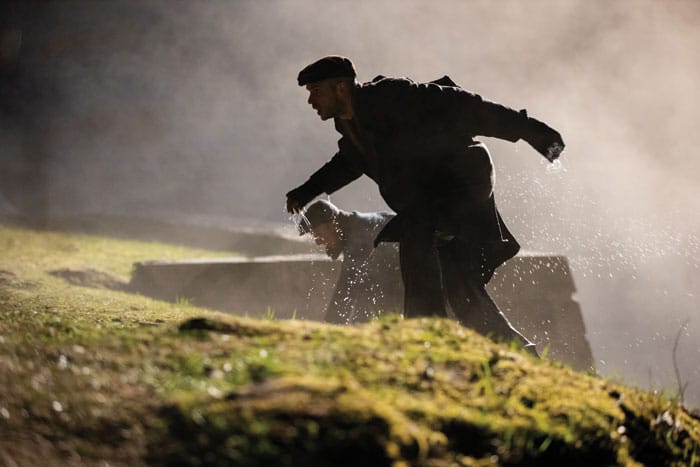
In early 1944, two Slovakian Jews made good on their escape from Auschwitz, determined to reach the outside world and report on the mass extermination inside the death camp.
The camp commander had assigned the two Jews, Alfred Wetzler and Rudolf Vrba (born Walter Rosenberg), to work as scribes, which gave them access to the precise reports on daily killings and other revelations the Nazi regime tried to keep secret.
The next morning, when the count of prisoners showed that two men from Barrack 9 were missing, the commander put his guards on full alert, telling them, “These two Jews have seen more than you have—they must not escape.”
Thus opens the haunting Slovak film, “The Auschwitz Report” which opens Friday (Set. 24) at the Laemmle Town Center in Encino.
 From its opening, the film gives us a tour of the death camp, from petty insults to new arrivals (“Forget your names, just remember your numbers—you Jews know something about numbers”) to the sight of hung bodies twisting in the wind.
From its opening, the film gives us a tour of the death camp, from petty insults to new arrivals (“Forget your names, just remember your numbers—you Jews know something about numbers”) to the sight of hung bodies twisting in the wind.
Following their orders, the guards search all possible hiding places and fan out across the nearby woods.
When the guards discover that some other prisoners knew of the escape plan, they try to pry out information through torture (25 lashes to start with) and persuasion (“Don’t sacrifice yourself for a couple of Slovak Jews.”).
The film is based on the book by escapee Alfred Wetzler, with the esoteric title “What Dante Didn’t See.”
As any student of 14th-century Italian literature knows, the title refers to Dante Alighieri’s epic poem, “Divine Comedy,” which follows the author’s journey through the various levels of hell.
Meanwhile, the two escapees, after a harrowing journey, freezing and hungry and barely a step ahead of their pursuers, make it to the West and eventually present their 32-page report on Auschwitz to a representative of the British Red Cross.
This gentleman listens patiently but with growing skepticism, as the escapees cite figures and names of the victims listed precisely by the Nazis.
Finally, he interrupts the grisly recitation, observing skeptically that “the German Red Cross assures us that all of these people died in the camp due to a typhoid epidemic.”
His reaction seems outrageous now but wasn’t particularly surprising at the time. It took the world several decades to grasp the enormity of the Holocaust, and even now there are those who can’t believe it happened.
There were some questions the Journal wanted to ask Pete Bebjak, the film’s director, but the attempted interview foundered on linguistic difficulties.
However Bebjak responded promptly to a number of written questions, with some of the answers shortened for space reasons.
Jewish Journal (JJ): How close does the film reflect the actual happenings or does it include aspects added for dramatic effect?
Bebjak: We went to each of the locations where the film takes place, all the way from Auschwitz to Slovakia. We had long and detailed discussions with historians and experts and some women who were in Auschwitz as young girls. Talking to them had meant a lot to us—not only to describe the camp but feel and understand the experience of someone sitting next to you. The story is so strong it does not need anything added to make it more dramatic.
JJ: Much of the movie shows the main figures in semi-darkness. Is that to reflect the “darkness” of existence in Auschwitz or even of the Holocaust as such?
Bebjak: This is the situation when metaphor and reality overlap. It represents the darkness of that period of history, but at the same time that was the reality of their escape.
JJ: The report on Auschwitz conditions by the two escapees is credited with saving 200,000 people. Where did this figure come from and on what is it based?
Bebjak: You can find this number in the works of various historians on the average daily number of people murdered in Auschwitz-Birkenau (plus the impact on subsequent events in Europe, especially the rescue of much of Hungarian Jewry).
JJ: What accounts for the continuing production and audience for Holocaust-themed stories?
Young people in Slovakia hardly know what happened 80 years ago. For them this is so long ago that they don’t feel any connection to it. It’s important to remind them that there is a continuity in our lives and that something like this can happen any time if we lose interest in public life and in policy.
Bebjak: Young people in Slovakia hardly know what happened 80 years ago. For them this is so long ago that they don’t feel any connection to it. It’s important to remind them that there is a continuity in our lives and that something like this can happen any time if we lose interest in public life and in policy—if we let other people make decisions about our lives.










